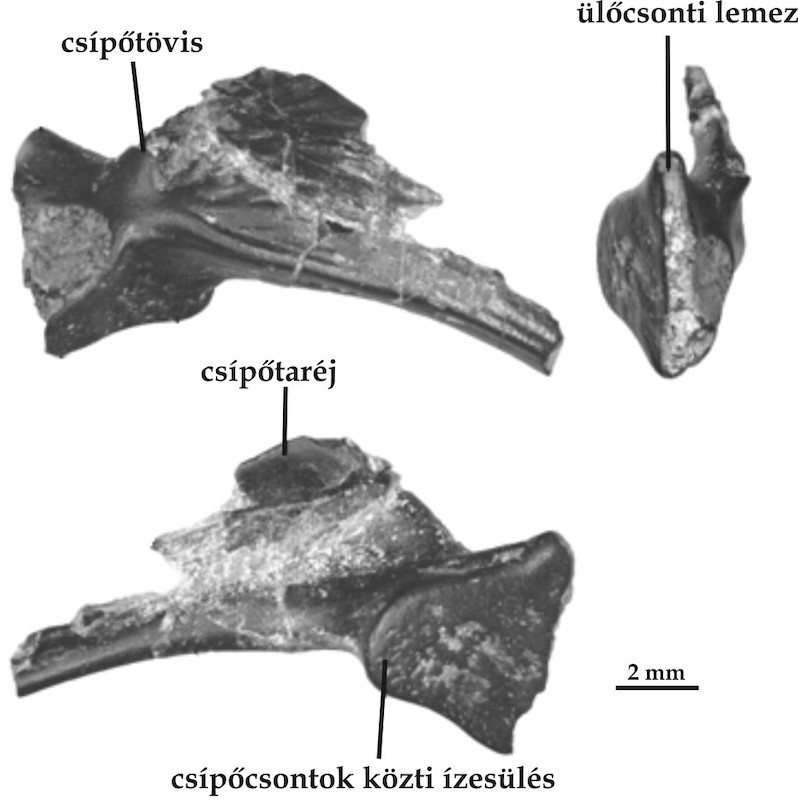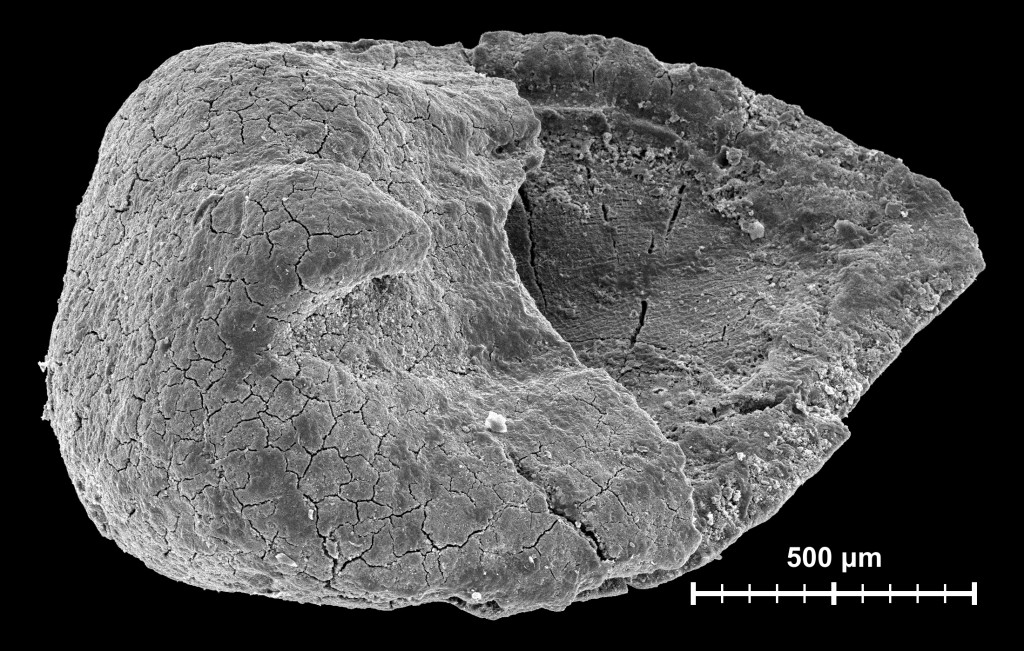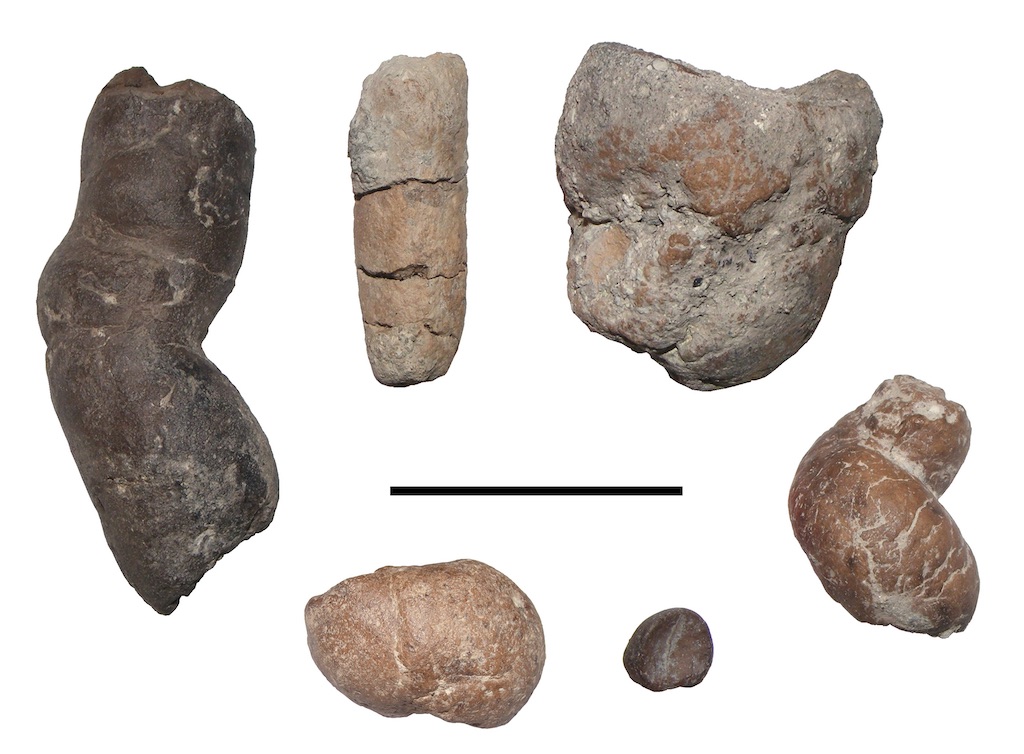
Hungarobatrachus szukacsi
This frog is the oldest known species of true frogs (Neobatrachia) in Europe…

These 4-5 meter long dinosaurs were the top-predators of the Iharkút land during the Late Cretacoeus. Up to the present, only teeth and an ambiguous caudal vertebra can be referred to this till unnamed form. The teeth, being 3-4 cm high with serrated carinae, however, shows some features which clearly indicate their primitive tetanuran affinity, a clade that, among others, include Megalosaurus, known from the Jurassic of England.

This frog is the oldest known species of true frogs (Neobatrachia) in Europe…

85 million years is a great time not only the fauna had time to undergo a complete change from the world of dinosaurs…

A large number of coprolites have been found at the Iharkút vertebrate locality during the excavations…

This species belongs to the oldest frog group (Archaeobatrachia) and within that to the family of discoglossid frogs …